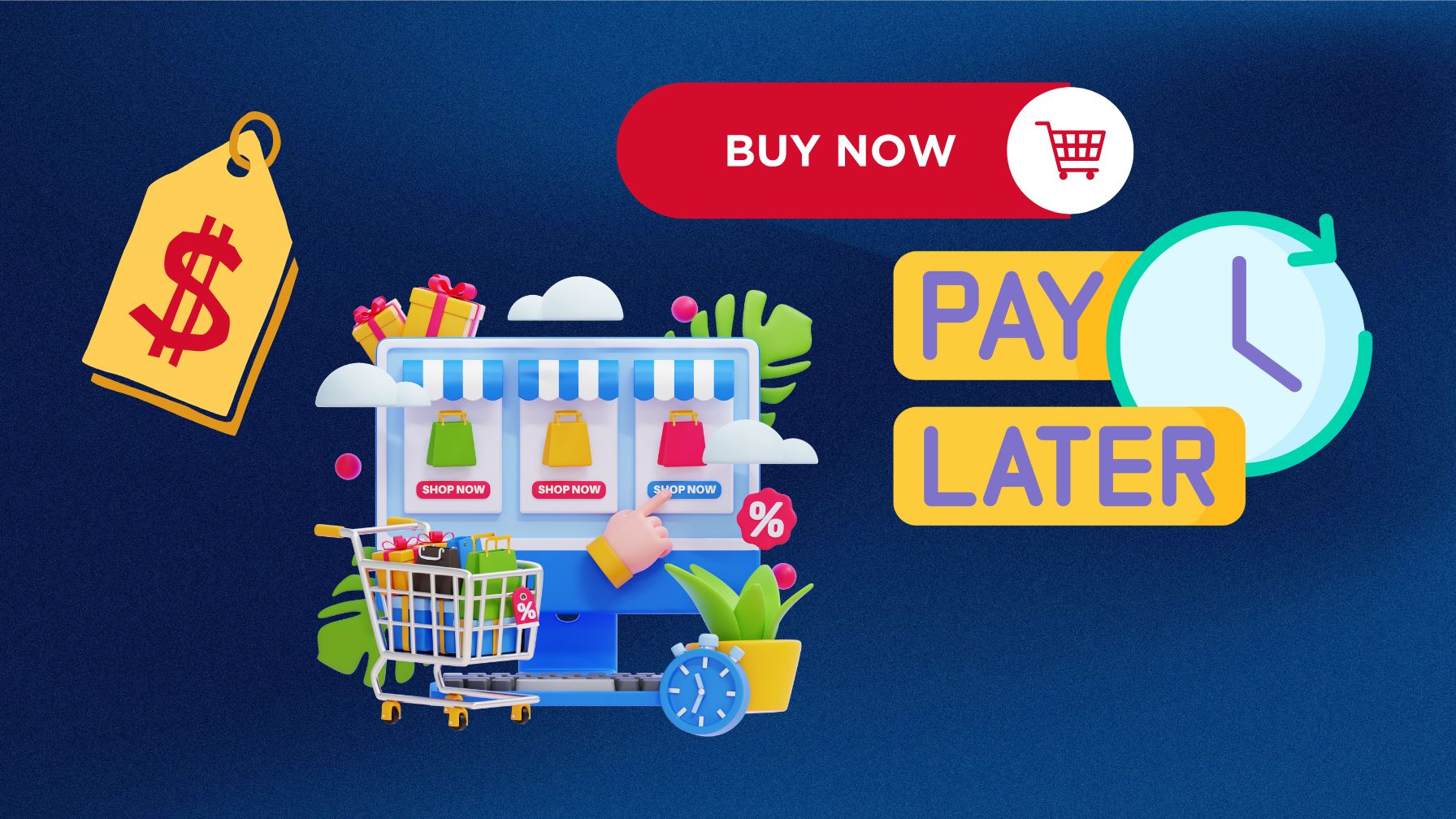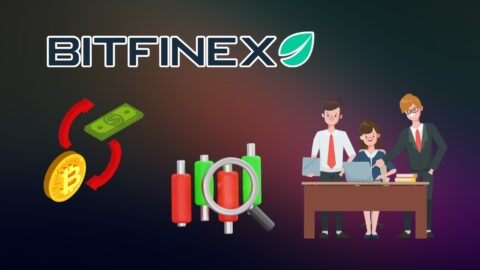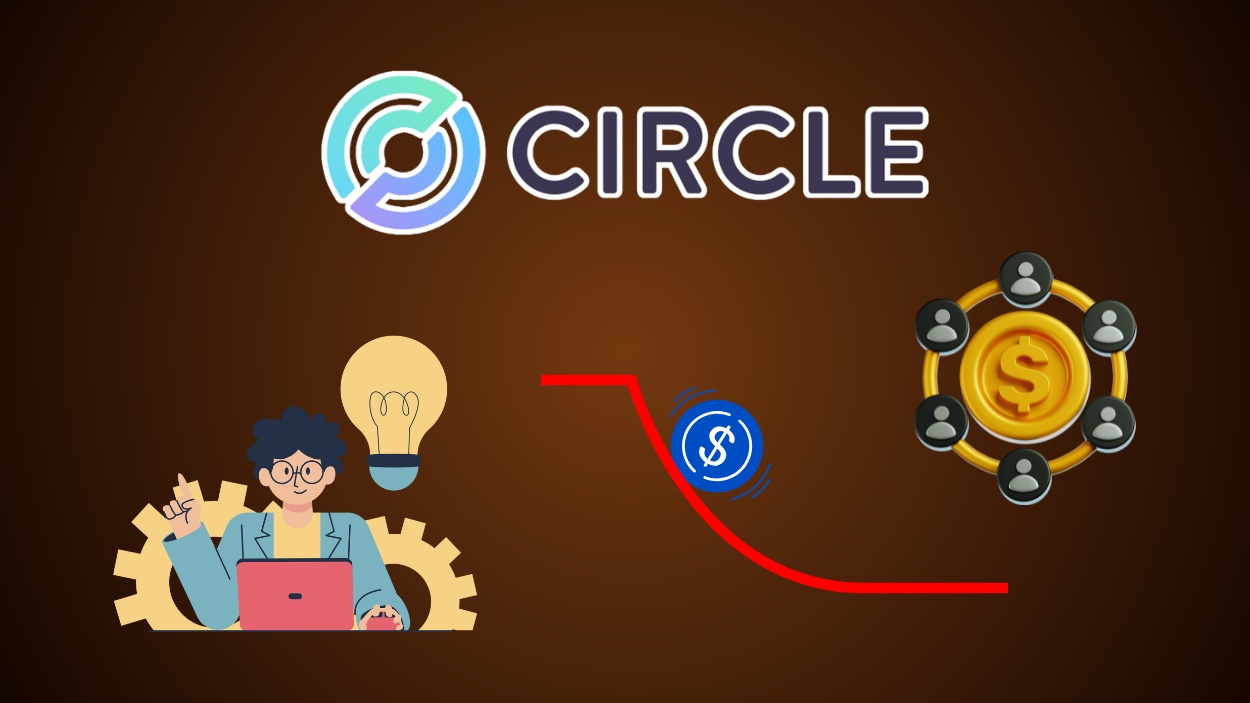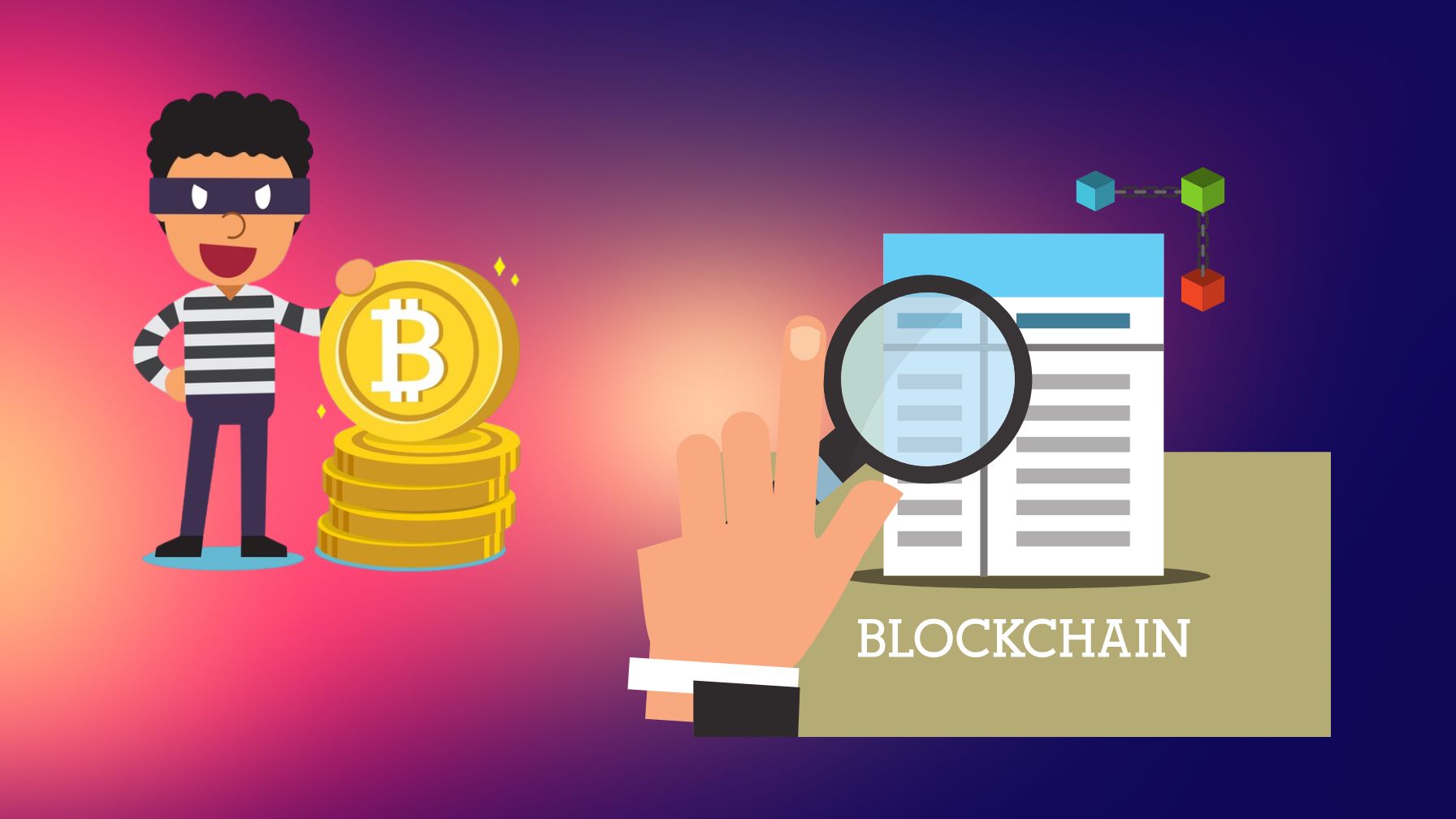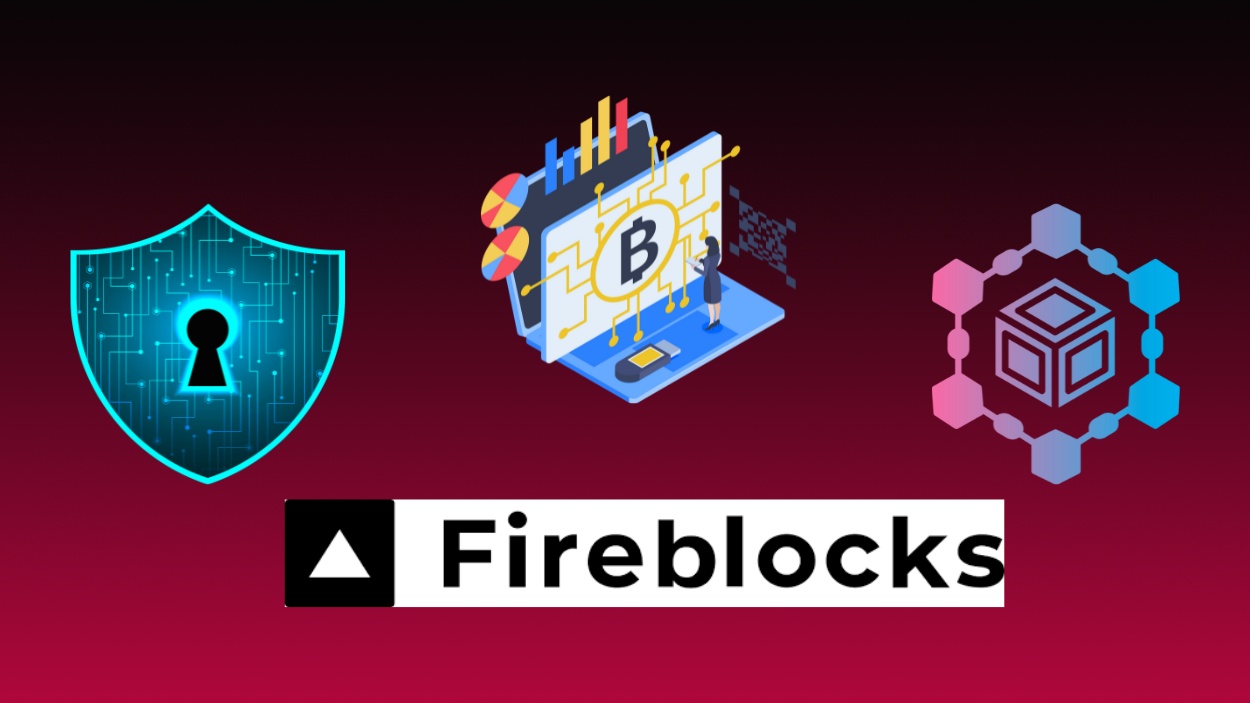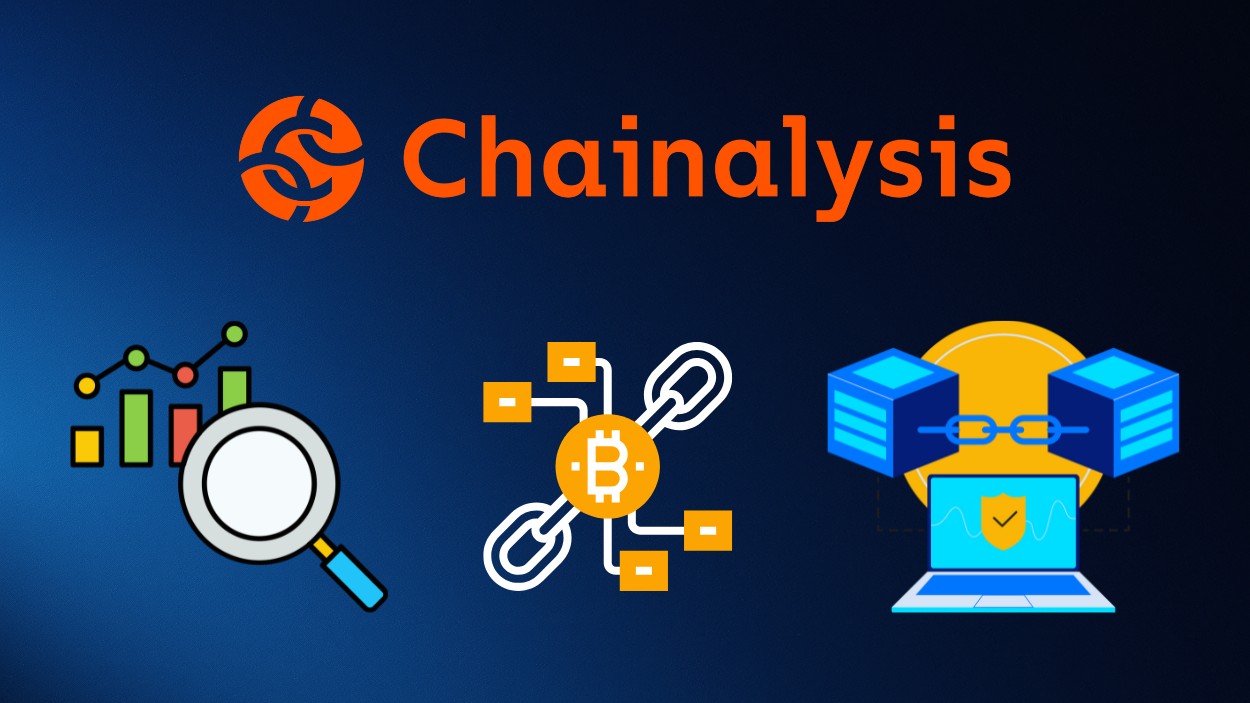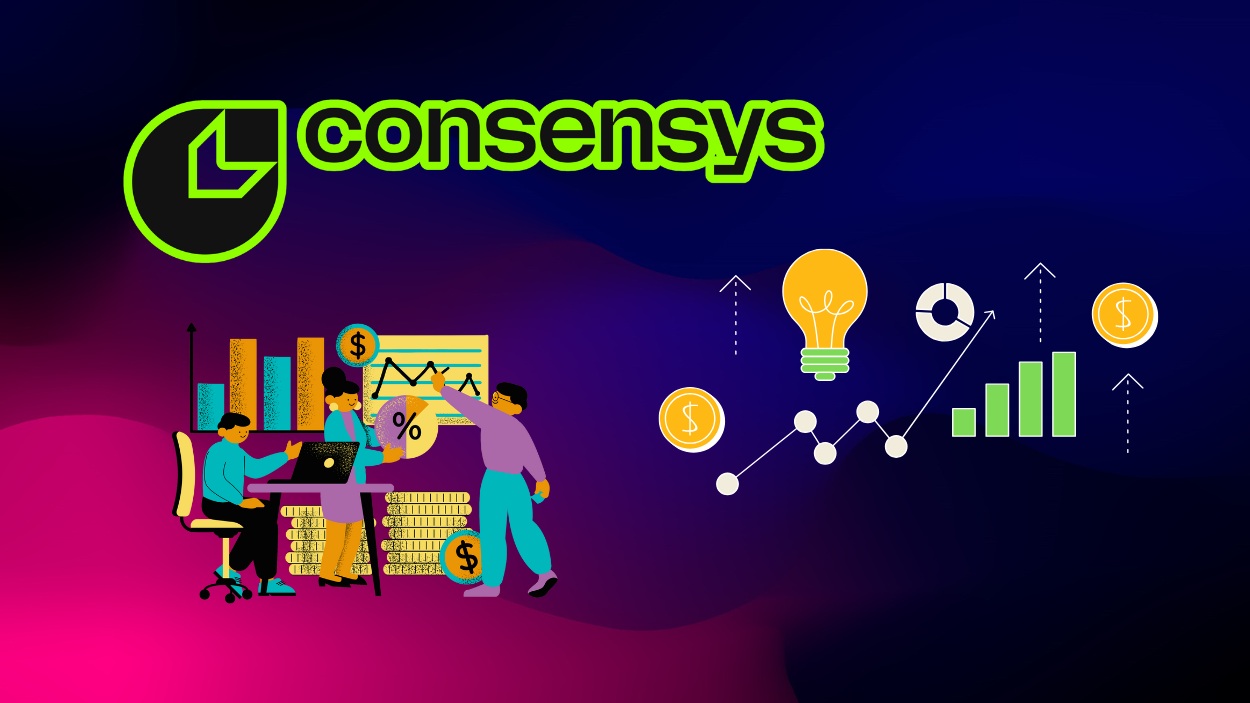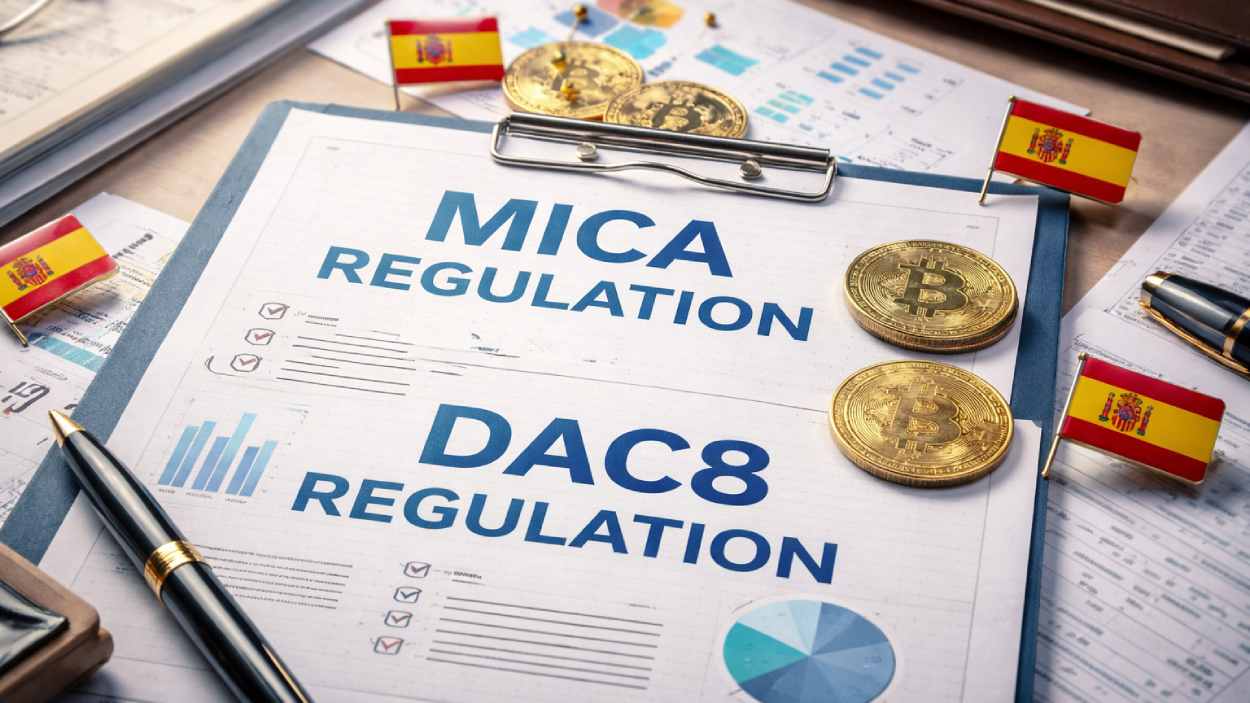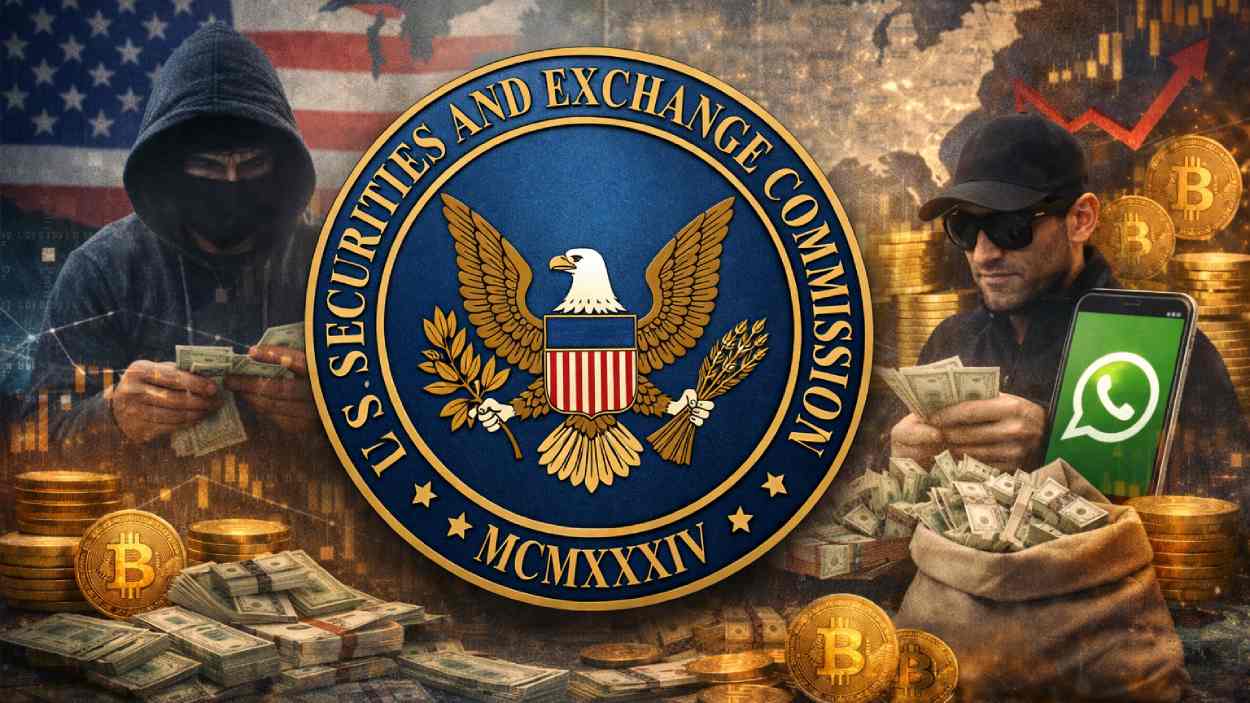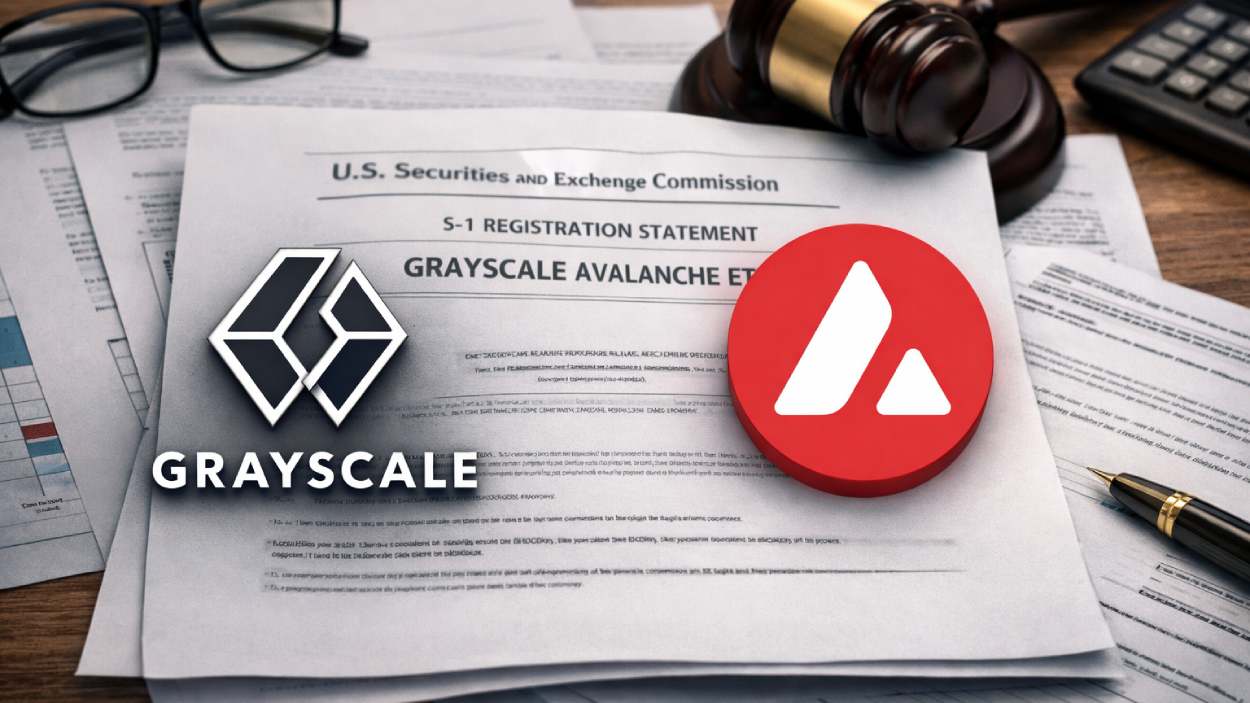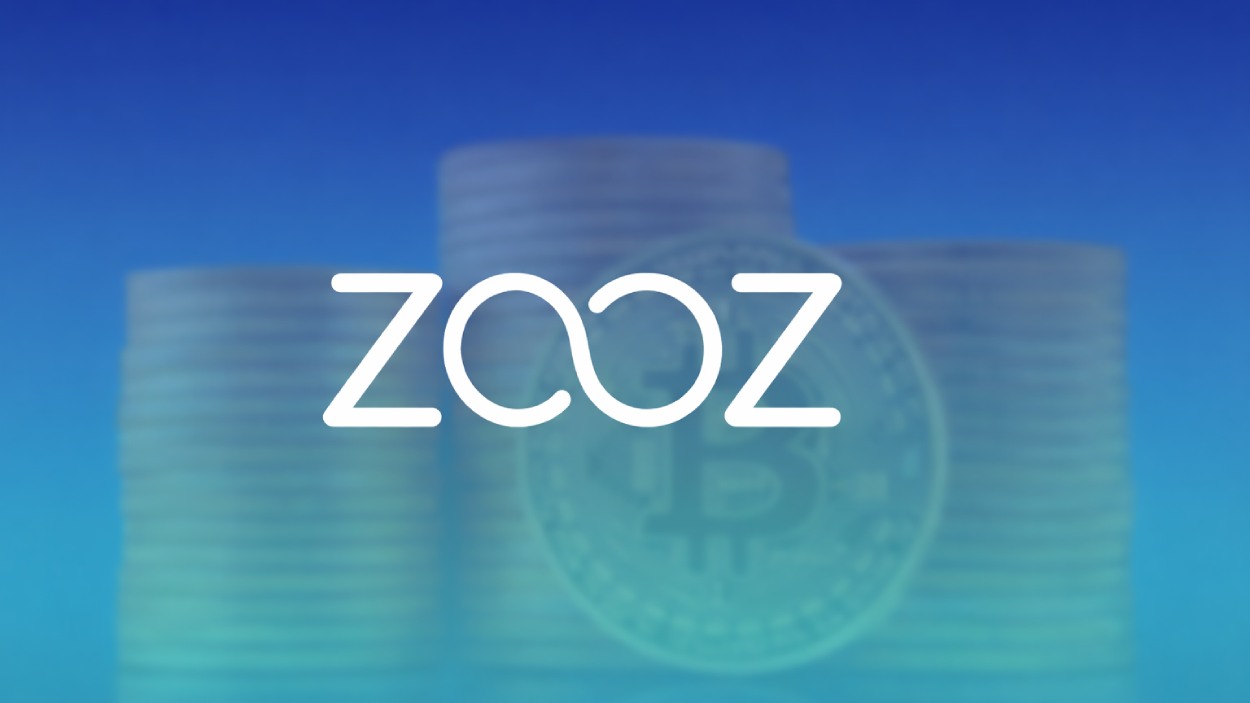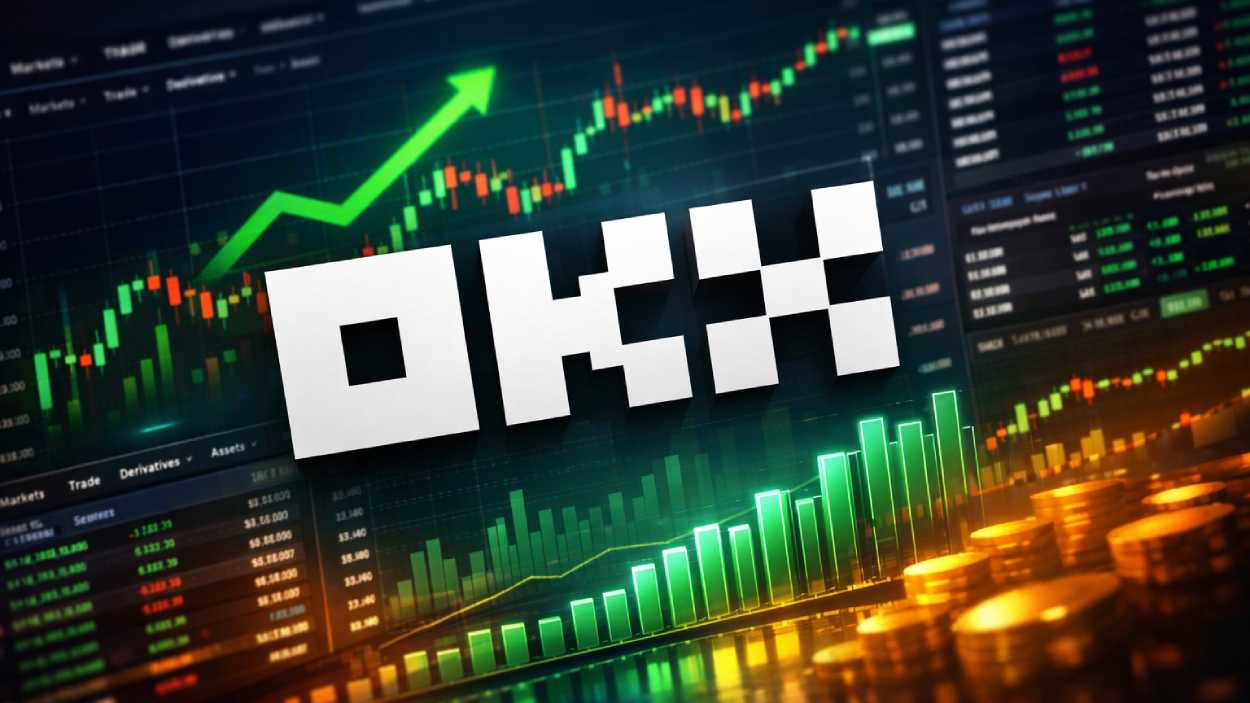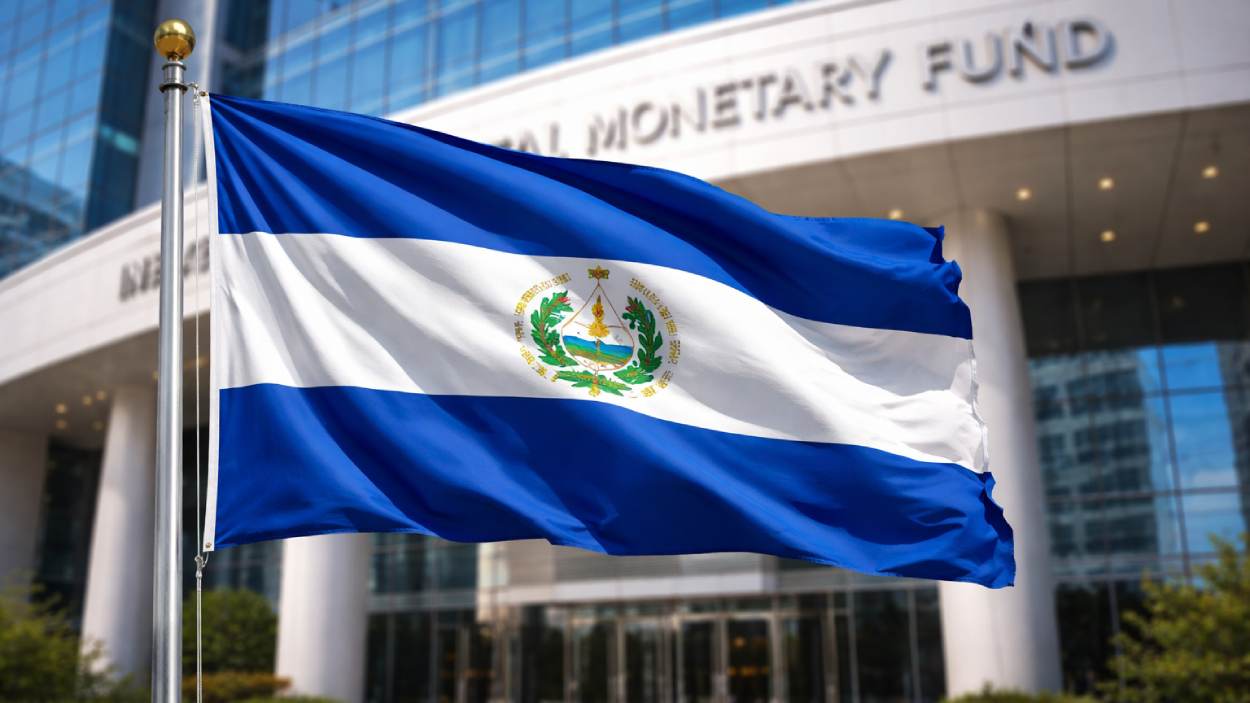The concept of Buy Now, Pay Later (BNPL) has revolutionized the way consumers approach their shopping experiences. Imagine being able to purchase high-ticket items instantly, without emptying your wallet at checkout. This trend has rapidly gained traction, particularly among younger consumers, offering a convenient solution for splitting payments into manageable portions. With no interest charged in most cases, it’s no wonder that BNPL platforms are surging in popularity.
However, the BNPL ecosystem is not just a passing trend. It’s a seismic shift in the retail finance industry, reshaping how we think about spending and budgeting. As we enter 2025, BNPL continues to experience explosive growth, attracting millions of users globally and significantly impacting the retail and financial sectors.
Editor’s Choice: Key Growth Milestones in BNPL
BNPL has come a long way from its early inception, and several key milestones have stood out over the past few years. Here are some of the most significant achievements driving BNPL’s growth:
- BNPL results in up to a 50% higher average order value than when customers use other payment methods.
- In 2025, approximately 49% of American consumers will have used Buy Now, Pay Later (BNPL) services.
- On average, BNPL users have borrowed $3,805 across all their BNPL purchases, indicating that BNPL usage has grown significantly in 2025.
- 64% of Gen Z consumers report that cash flow management is an important reason they chose to use BNPL.
- The average amount financed among BNPL borrowers within a year is $1,349, based on an average transaction amount of $142 and 9.5 BNPL originations per borrower.
- 57% of holiday shoppers between the ages of 18-34 are choosing a BNPL service as their financing option. Meanwhile, 75% of holiday shoppers above the age of 55 plan on using this service.
- Those with higher incomes are less likely to use BNPL platforms. 10% of adults with annual incomes of $100,000 or more used BNPL services in the past year, reflecting a slight increase in adoption among higher-income individuals.
Market Share of Payment Methods for E-commerce Transactions
- Digital wallets dominate with a 54% share, making them the most widely used payment method for e-commerce transactions today.
- Credit cards account for 16% of online payments, maintaining a strong foothold despite growing competition from digital wallets.
- Debit cards represent 10% of the market, offering a secure and straightforward payment option for many online shoppers.
- Account-to-account (A2A) transfers also capture 10%, indicating rising consumer trust in direct bank payment methods.
- Buy now, pay later (BNPL) services hold a 6% share, highlighting the growing trend of flexible payment solutions.
- Other methods, including cryptocurrency, prepaid, and PostPay, collectively account for 2% of e-commerce transactions.
- PrePay methods are used for 1% of transactions, reflecting a niche but consistent preference.
- Cash on delivery remains relevant with a 1% share, particularly in regions where digital access is limited.

General Buy Now, Pay Later (BNPL)
Buy Now, Pay Later services are transforming consumer behavior globally. This innovative payment option allows users to split their purchases into smaller, interest-free installments. It’s not just about convenience; it’s about providing financial flexibility to consumers across different income levels and regions. Here’s a closer look at some key statistics that outline the widespread impact of BNPL:
- $560.1 billion is the projected global BNPL market size for 2025, reflecting a 13.7% annual growth.
- By the end of 2025, 52% of U.S. consumers will have used a BNPL service at least once.
- In the UK, 42% of adults have used BNPL in 2025, indicating a continued rise in adoption.
- 37% of Australians used BNPL for online purchases in 2025, up 11% year-on-year.
- In the U.S., 59% of Gen Z and 58% of Millennials reported using BNPL in 2025, making these younger generations the driving force behind its growth.
- 47.4% of BNPL users in 2025 are Gen Z, while 40.6% are Millennials, highlighting their significant share in the user base.
- The average BNPL purchase in 2025 is approximately $142, with some platforms allowing payments to be spread over several months for higher-value items.
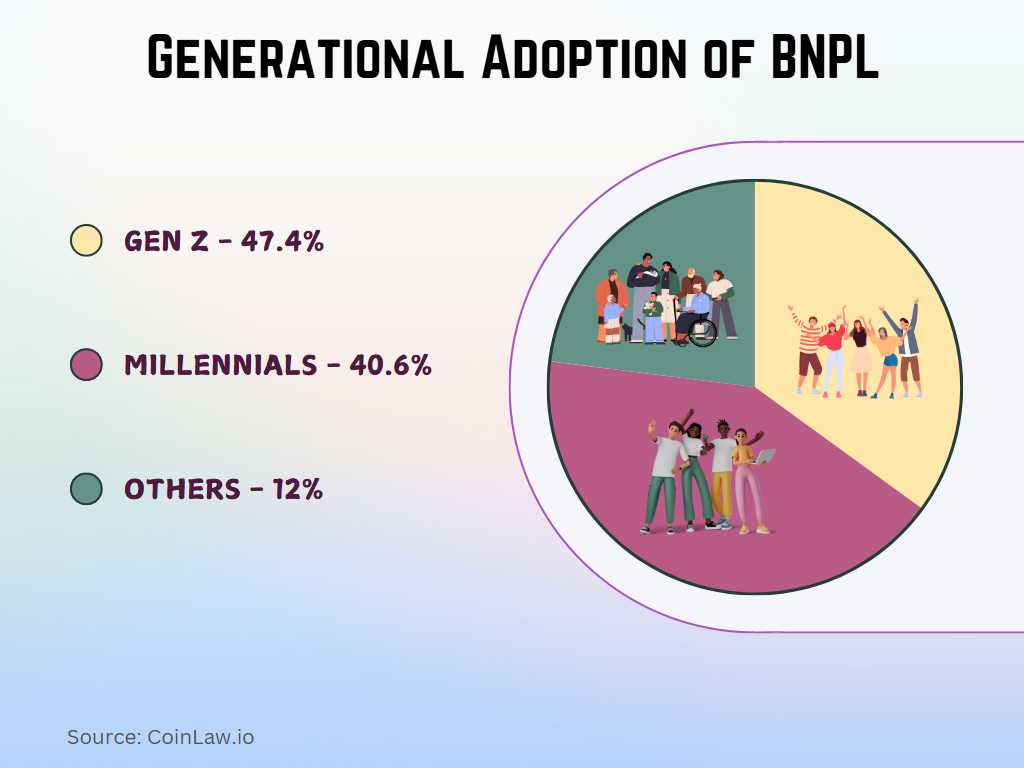
Explosive Growth: Market Size and Dollars
The BNPL sector has witnessed unprecedented growth in both user adoption and transaction volumes over recent years. This surge is driven by the demand for flexible, interest-free payment options, especially among millennials and Gen Z consumers who prefer digital-first solutions.
- The global BNPL market is projected to reach $560.1 billion in 2025, marking a 13.7% annual growth.
- In North America, the BNPL market size is expected to grow by 12.2% to $122.26 billion in 2025.
- Europe’s BNPL market is anticipated to expand by 12.4%, reaching $191.3 billion in 2025.
- The Asia-Pacific BNPL market is forecasted to grow by 14.5%, totaling $211.7 billion in 2025.
- BNPL platforms like Afterpay, Sezzle, and PayPal Pay in 4 collectively processed significant volumes in the US market during 2025, contributing to the overall growth.
- The average transaction size for BNPL users globally in 2025 remains approximately $142, highlighting the use of BNPL for mid-range purchases.
- Research predicts that BNPL will drive $995 billion in retail sales worldwide by 2026, nearly quadrupling the current figures.
The numbers speak for themselves. BNPL is no longer just a niche financial product but a mainstream payment solution shaping the future of retail and finance.
Buy Now Pay Later (BNPL) Global Market Growth Outlook 2025
- The BNPL market size is expected to reach $343.52 billion in 2025.
- The market is projected to grow at a CAGR of 43.10%, showcasing rapid adoption and expansion globally.
- By 2029, the BNPL market size is anticipated to hit $1438.64 billion, indicating massive growth potential.
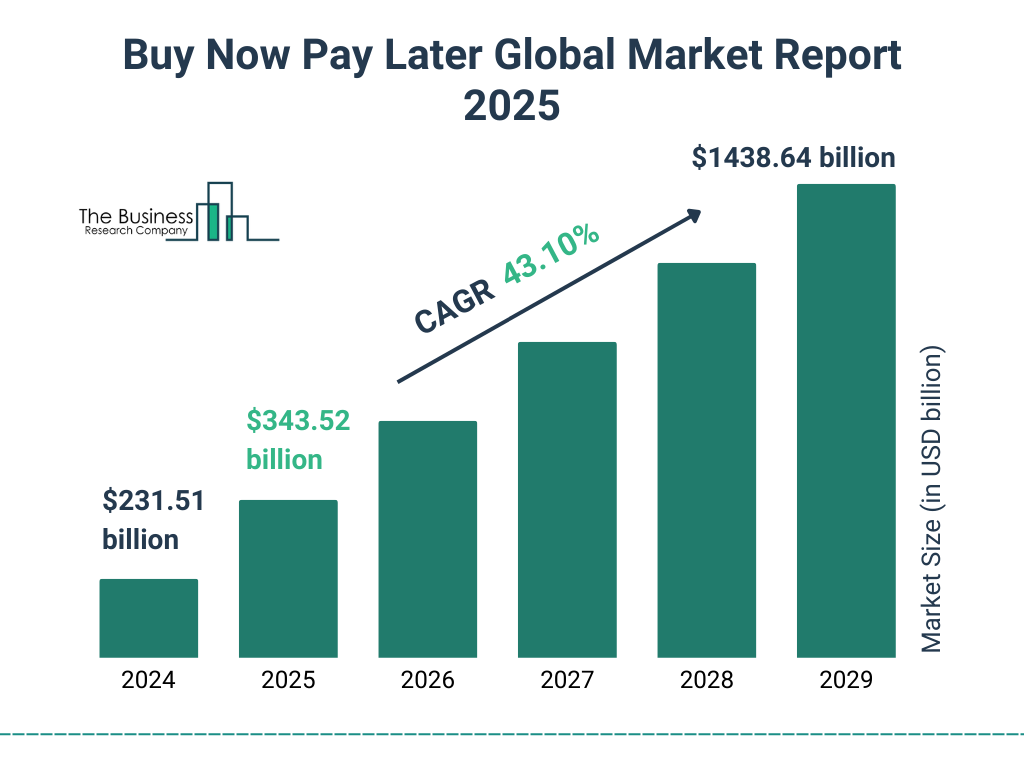
BNPL Provider Market Share and Popularity of Apps
As the Buy Now, Pay Later (BNPL) sector grows, several key players have emerged, capturing significant portions of the market. With diverse offerings tailored to different customer needs, these BNPL providers are expanding their footprints globally, influencing how consumers interact with retailers.
- Klarna continues to dominate the European BNPL market, maintaining a leading position as the sector grows by 12.4% to reach $191.3 billion in 2025.
- Afterpay remains a significant player in the U.S. BNPL market, contributing to the sector’s 12.2% annual growth, reaching $122.26 billion in 2025.
- Affirm has expanded its active user base to 21 million in 2025, marking a 23% increase from the previous year.
- PayPal’s BNPL option, Pay in 4, saw impressive growth, with 7.4 million users opting for this service.
- Sezzle reported a 4.8% increase in active customers, reaching 2.7 million in 2025, alongside a 123% year-over-year revenue growth.
- Clearpay (the UK arm of Afterpay) reached 3.2 million active users, positioning itself as a dominant BNPL option in the UK retail sector.

BNPL Segmental Statistics by Region
The adoption and growth of BNPL services vary significantly by region. While the US and Europe have been at the forefront, the Asia-Pacific region is also witnessing rapid growth in this segment.
- The global BNPL market is projected to reach $560.1 billion in 2025, growing at a 13.7% annual rate.
- The US BNPL market is expected to grow by 20.4% to $97.3 billion in 2025, accounting for approximately 17.4% of the global BNPL market.
- Europe’s BNPL market is projected to reach $191.3 billion in 2025, with countries like the UK, Germany, and Sweden leading the charge.
- The Asia-Pacific BNPL market is expected to grow by 14.5% to $211.7 billion in 2025, with Australia contributing $14.52 billion, representing 6.9% of the region’s total.
- In India, BNPL adoption continues to rise, with the market projected to reach $25.4 billion in the coming years.
- Canada’s BNPL market is expected to grow by 12.0% to $7.5 billion in 2025, largely driven by younger consumers.
- In Latin America, BNPL is gaining momentum, with countries like Brazil and Mexico experiencing significant growth. Mexico’s BNPL market is projected to grow by 33.5% to $6.09 billion in 2025.
- Africa’s BNPL market is forecasted to grow by 19.1% annually, reaching $5.34 billion in 2025, with South Africa leading the continent’s adoption.
These regional statistics highlight the global reach of BNPL services and the unique factors driving growth in different parts of the world.
Reasons for Using Buy Now Pay Later (BNPL) and Credit Cards
- 50% of BNPL users made smaller household purchases like clothes and shoes, compared to 39% of credit card users.
- 30% of BNPL purchases were for Christmas or family occasions, slightly higher than the 27% seen with credit cards.
- 24% of BNPL users financed larger household purchases (like fridges and TVs), while 31% of credit card users did the same.
- Only 6% of BNPL users paid for food or grocery expenses, in contrast to 38% of credit card users.
- 5% of BNPL users funded holiday purchases or events, compared to a much higher 33% among credit card users.
- Just 3% of BNPL users covered an unexpected expense, versus 16% of credit card users.
- 2% of BNPL users used it to pay utility bills, whereas 10% of credit card users did so.
- A minimal 1% of BNPL users financed home renovations, compared to 7% with credit cards.
- 7% of credit card purchases involved car-related expenses, but 0% of BNPL users reported this.
- 6% of BNPL transactions fell under other expenses, while 12% of credit card transactions were categorized similarly.
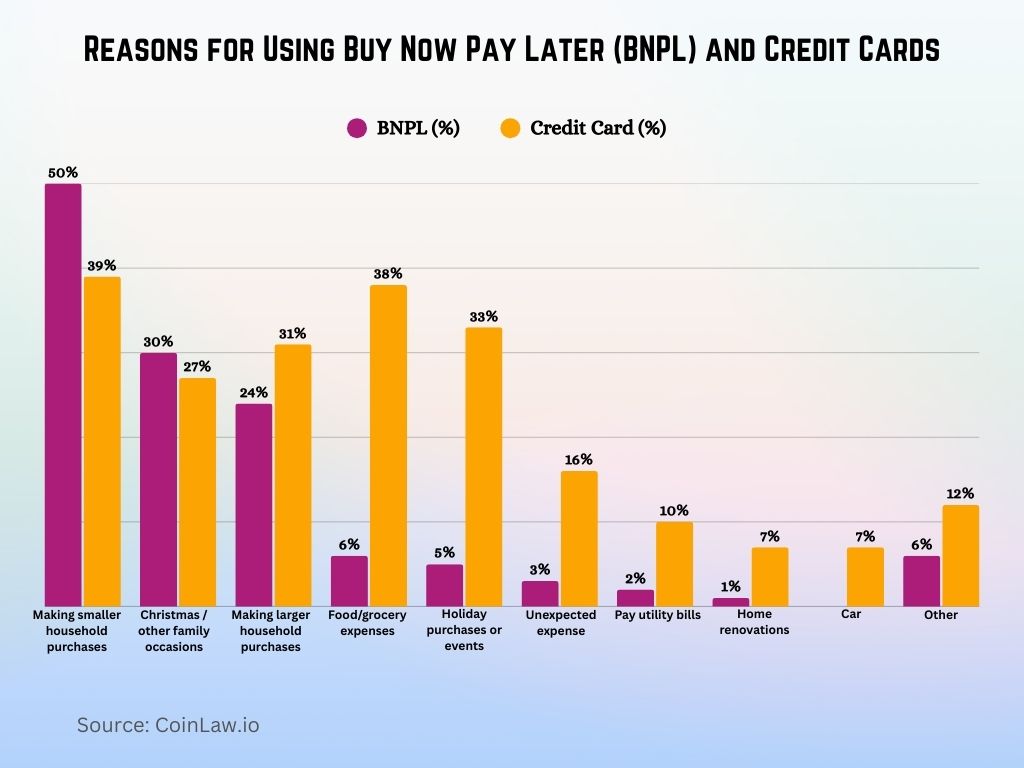
Recent Developments in BNPL
- Affirm Holdings reported a surprise profit in its fiscal second quarter, with earnings per share of $0.23, surpassing the anticipated loss of $0.10 per share. Revenues increased by nearly 47% to $866.4 million, and the active customer base grew by 19% to 21 million.
- Afterpay launched a major advertising campaign under the tagline “Own It,” positioning itself as a savvy alternative to credit cards. This initiative aims to target a broad demographic of 18 to 54-year-olds and reshape perceptions of BNPL users.
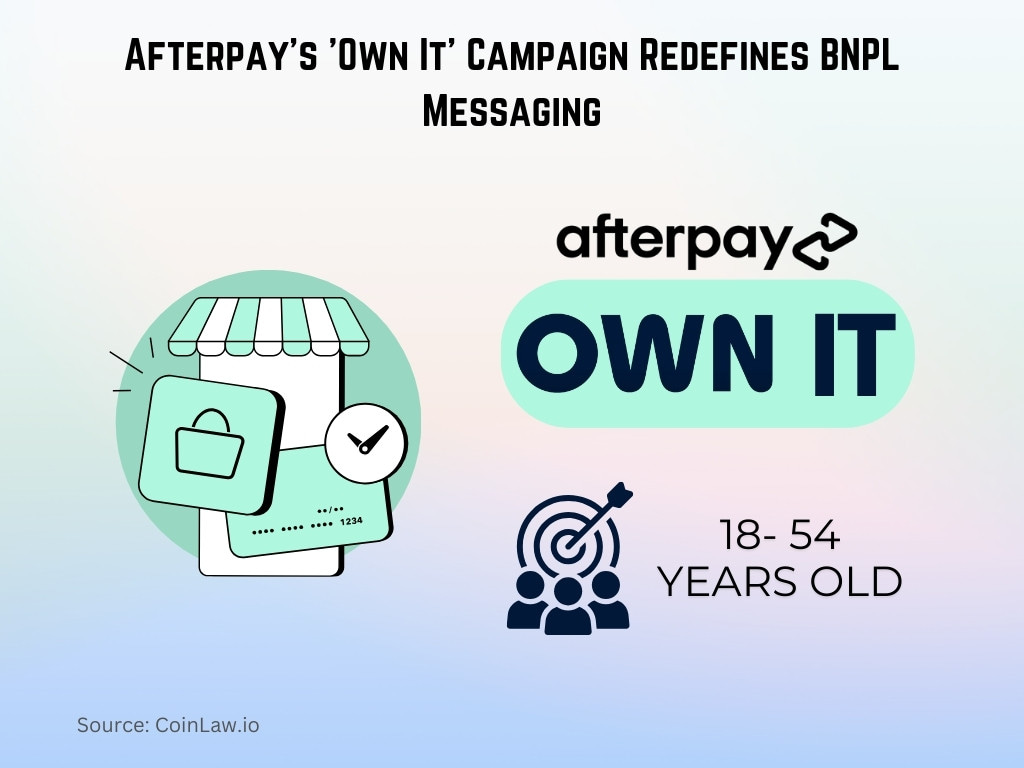
- The Consumer Financial Protection Bureau (CFPB) released a study indicating that more than one-fifth of consumers used BNPL loans in 2022, with many holding multiple simultaneous loans. The research also revealed that nearly two-thirds of BNPL loans went to borrowers with lower credit scores.
- Gen Z continues to be a significant user base for BNPL services, comprising 47.4% of users in 2025. Millennials also saw an increase, accounting for 40.6% of users in 2025.
- Affirm Holdings has been recognized for effectively capturing a larger share of the BNPL market, potentially leading to increased revenue. Analysts predict that if Affirm’s market trends and growth rate continue, its market share could rise from 35% to 40% by FY27, potentially leading to a 50% increase in gross merchandise volume, revenue, and adjusted operating revenue compared to current estimates.
- These developments underscore how BNPL is evolving from a consumer payment trend to a major component of the global financial landscape.
Conclusion
Buy Now, Pay Later (BNPL) has shifted from a niche payment option to a global financial phenomenon. As we move through 2025, BNPL continues to grow in market size, user adoption, and geographic reach, driven by demand for flexible, interest-free payment options. With younger generations embracing these services, businesses that integrate BNPL into their payment systems will see significant benefits.
However, as the sector expands, so too does the need for regulatory oversight and innovation. The emergence of new players, increasing regional adoption, and the integration of AI and sustainable finance models will shape the future of BNPL in 2025 and beyond. Consumers and businesses alike will need to adapt to this evolving financial landscape.


